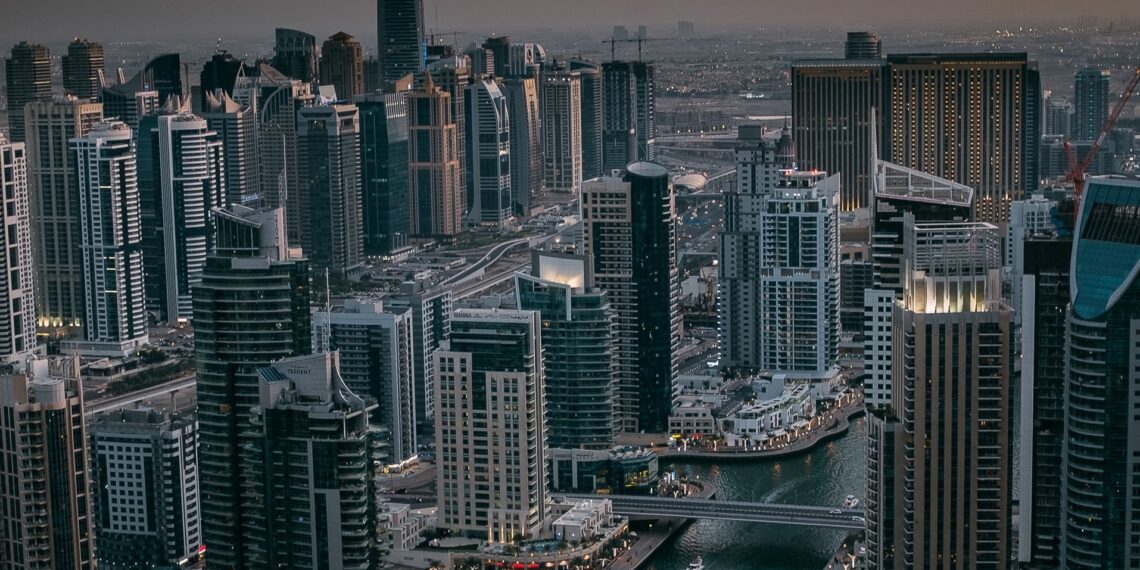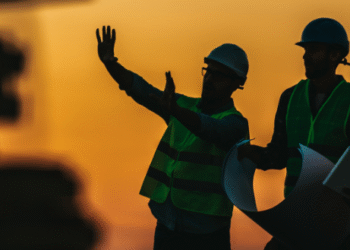Carbon reduction policies are not just about doing the right thing – they can make financial sense for all parties, including the end user
Carbon reduction and sustainability strategies are going to be increasingly demanded within construction, particularly in projects that rely on international finance. If it is accepted that the sector has no choice but to embrace increased sustainability practices, is net-zero carbon an achievable aim? And what should companies do to implement strategies that make a difference and bring business benefit?
Government policies and regulations will play a role – and the Paris Climate Agreement will be a major driver – but demand for buildings and infrastructure with a lower footprint is also being pushed by financiers and the end user, especially major companies that report their carbon emissions.
Much of the focus with net zero focuses on reducing energy consumption, which accounts for most of the sector’s emissions. But any approach to reducing emissions must include a structure’s effect on the environment, its surroundings and on the local community.
To reduce carbon emissions is a significant challenge for construction, particularly when the supply chain is considered.
It is estimated that globally, construction accounts for around 39% of energy-related and process-related carbon dioxide emissions, of which 11% are related to the construction process itself. A net-zero policy will fail if those indirect emissions – known as Scope 3 – are not measured and accounted for. The longer the supply chain, the more complicated this becomes, and with much of the construction process reliant on energy-intensive materials, such as steel, aluminium, glass and cement, monitoring and measuring emissions is complicated.
There needs to be societal transformation in decision-making, says Mario Saab, Head of Sustainability MENA, Cundall. Sustainability is becoming more mainstream in the financial community and influencing many of the decisions being taken. “Investors want to measure the temperature rating of their investments worldwide. They want to see how their investments are aligned with the Paris Agreement commitments.”
It can be similar for tenant, especially those that report their carbon emissions and have reductions targets to meet. “If you want to rent or buy in a certain tower that already has a sustainability infrastructure that’s going to help you achieve your science-based target.”
In April 2021 the EU published a package of measures around sustainable finance. This will indirectly effect companies in the GCC if their financing comes from an EU-based organisation. Finance companies will want to know the Environmental, Social and Governance (ESG) rating of their portfolio for any investment. “Suddenly you will not only have your emissions as a contractor, but your emissions will have an impact on the developer or to the end user,” says Dr. Ioannis Spanos, Director – Sustainability and Environmental Services Solutions, KEO International Consultants.
“We see more and more investment banks and investors from Europe and US trying to pick real estate companies that have an ESG rating. It’s not something that is happening by chance,” he adds.
Every net zero ambition starts with passive design. It is the cornerstone of every net zero carbon strategy. Performance simulation studies, such as energy modelling, solar analysis and daylight analysis, underpin net-zero plans and allow the industry to predict how a project will operate, says Saab.
“It’s these kind of studies [performance simulation studies] that allow not just for net-zero projects but also push the boundaries towards achieving net-zero positive projects that have a regenerative outcome and have positive environmental outcomes to their surroundings.”
It’s not just city or business communities where demands are increasing or that see business benefits from sustainable construction. Hospitality is also seeing an increased demand for experiences that are also sustainable. The Red Sea project in Saudi Arabia is a nod to this, and its key people readily admit that the construction process must fit with the overall experience. Its approaches include the use of offsite and modular construction to minimise the number of people on site and any potential damage.
“The market is moving towards having an experience where you are in touch with the environment and you know there hasn’t been damage. Regenerative development is a benefit because if we end up destroying that natural environment that we have there we’re effectively destroying the product.”















